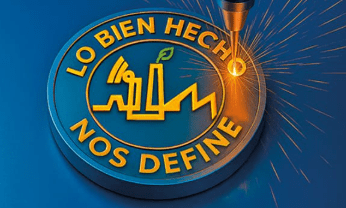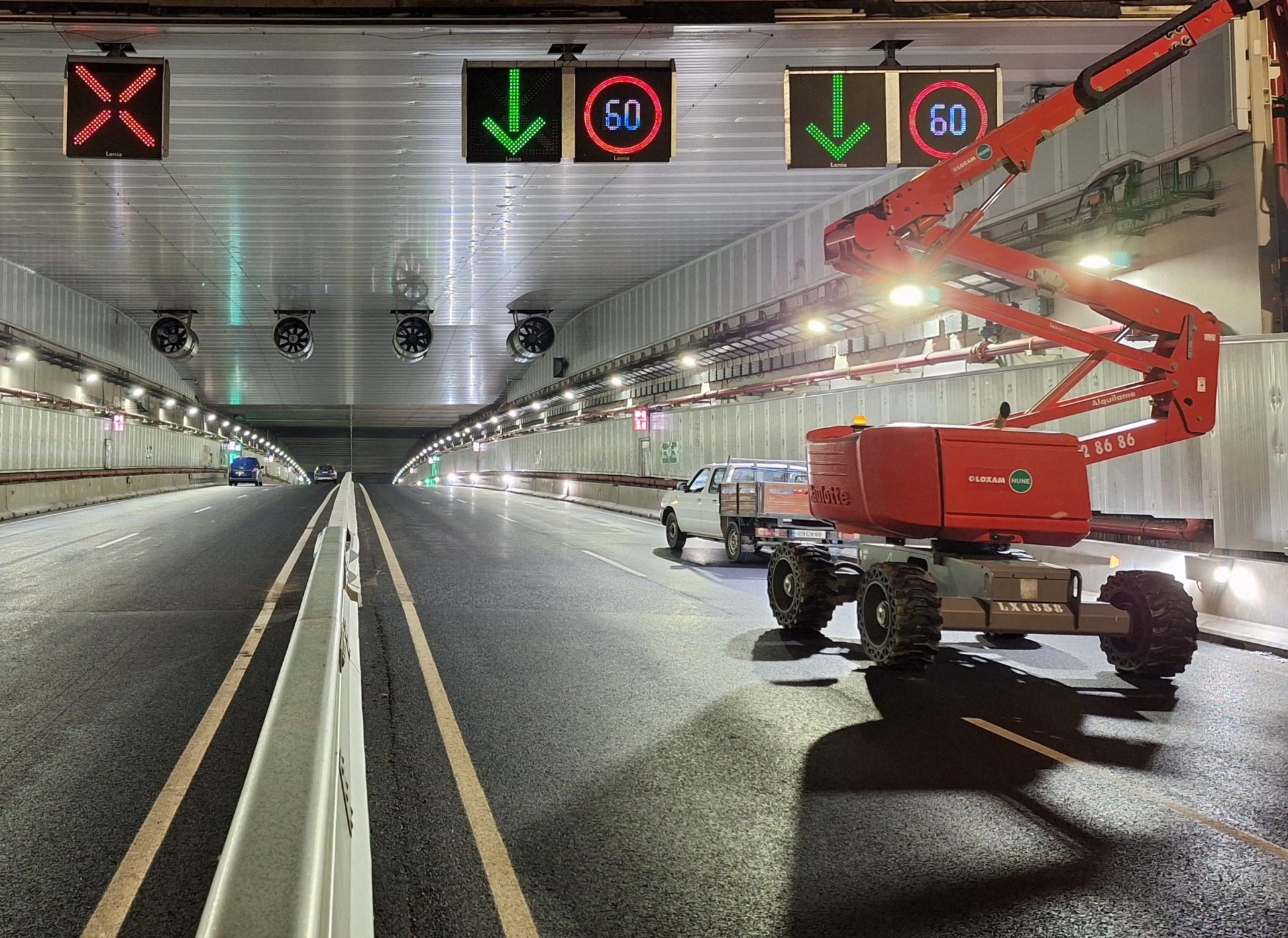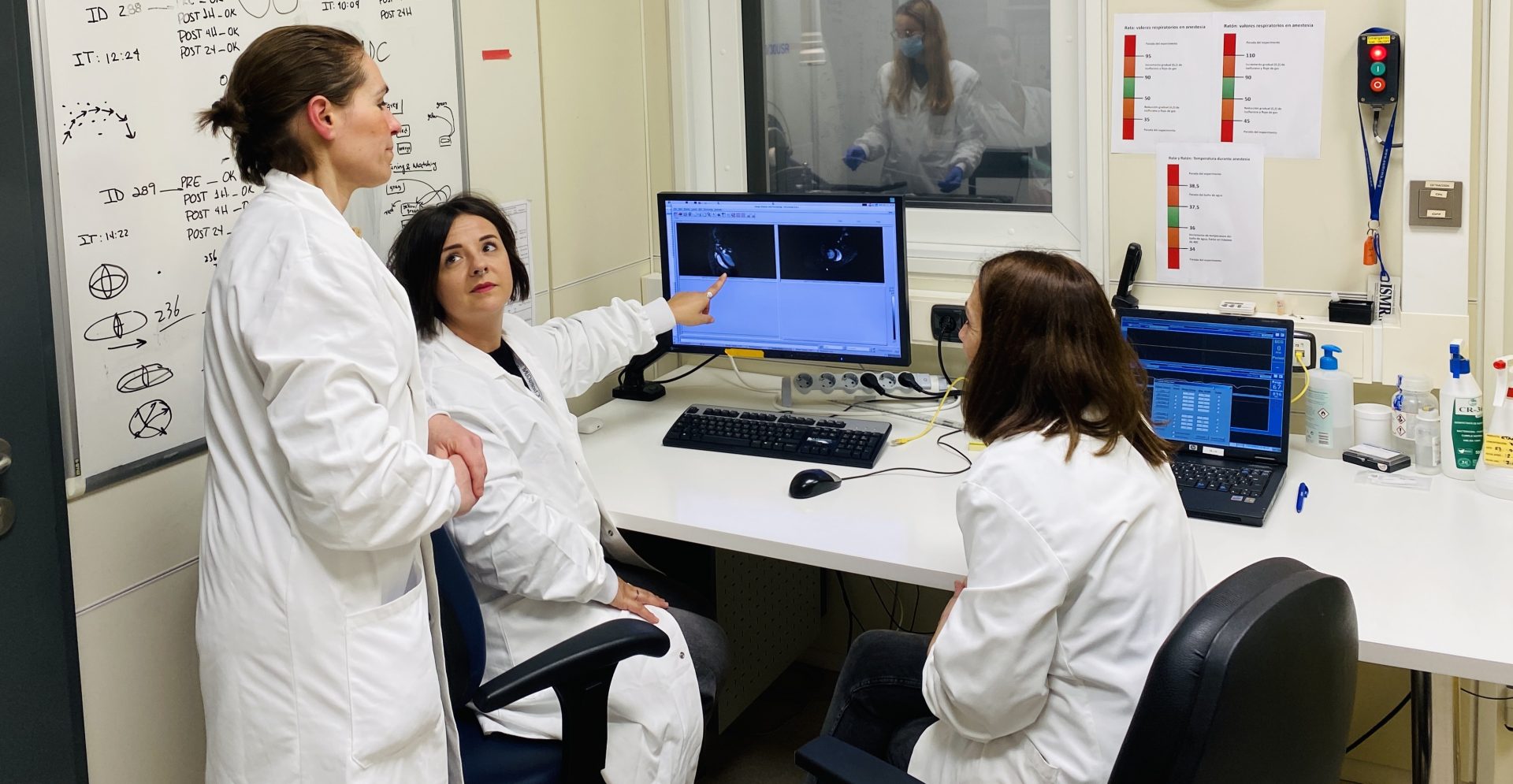CIC energiGUNE advances in the development of lithium-ion batteries of minimum danger, suitable for all types of mobility, including marine and aerial mobility

The SAGELi project, which is funded by the European Union through the Horizon Europe programme, will facilitate the manufacture of battery cells with advanced cathode materials, binders and electrolytes that guarantee hazard levels below EUCAR level 3.
CIC energiGUNE participates in the project as an agent for assessing the safety of materials and cells, a key process for making the new lithium-ion batteries – safer and more sustainable – suitable for the main mobility applications, both on land, sea and air.
CIC energiGUNE, a Basque reference centre in electrochemical energy storage and conversion and thermal energy storage and conversion, is working on the development of safer and more sustainable lithium-ion batteries through the creation of battery cells with advanced cathode materials (CAM), binders and electrolytes that guarantee danger levels below EUCAR level 3. This work is part of the European SAGELi project, which is funded by the EU’s Horizon Europe programme, and in which the Basque centre is participating along with eleven other companies and research centres on the continent.
‘Obtaining a lithium-ion battery cell that is below EUCAR level 3, i.e. one that guarantees that there will be no breakage or fire, is a decisive step forward for the comprehensive development of mobility in all areas, also in the sea and in the air,’ said Jokin Rikarte and Emilie Bekaert, CIC energiGUNE’s lead researchers on the project. ‘In addition, these new cells will be cobalt-free, so we will make a significant contribution to sustainability,’ they concluded.
In this sense, the new cathode active materials (CAM) developed by SAGELi are based on Manganese-rich oxides, which are inherently safer. Additional device safety will be ensured by reducing the active surface area of the CAMs and an innovative coating.
SAGELi’s safer binders aim for better adhesion, less bulging and better processability, in order to prevent safety problems due to cracking and inhomogeneity. In addition, SAGELi’s flame retardant electrolytes aim for high voltage stability. In addition, SAGELi’s instantaneous thermal test will predict safety with just a few grams of new materials, eliminating the need to scale up to determine safety. In fact, SAGELi’s early safety prediction tool is expected to predict the EUCAR level during battery operation and ageing.
The SAGELi consortium is led by the French Commissariat a L’Energie Atomique et aux Energies Alternatives and involves CIC energiGUNE, Umicore, Arkema, Forschungszentrum Julich, Cidetec, Lomartov, CNRS, e-mobility Europe, Power4Future, Fincantieri and Safran.




